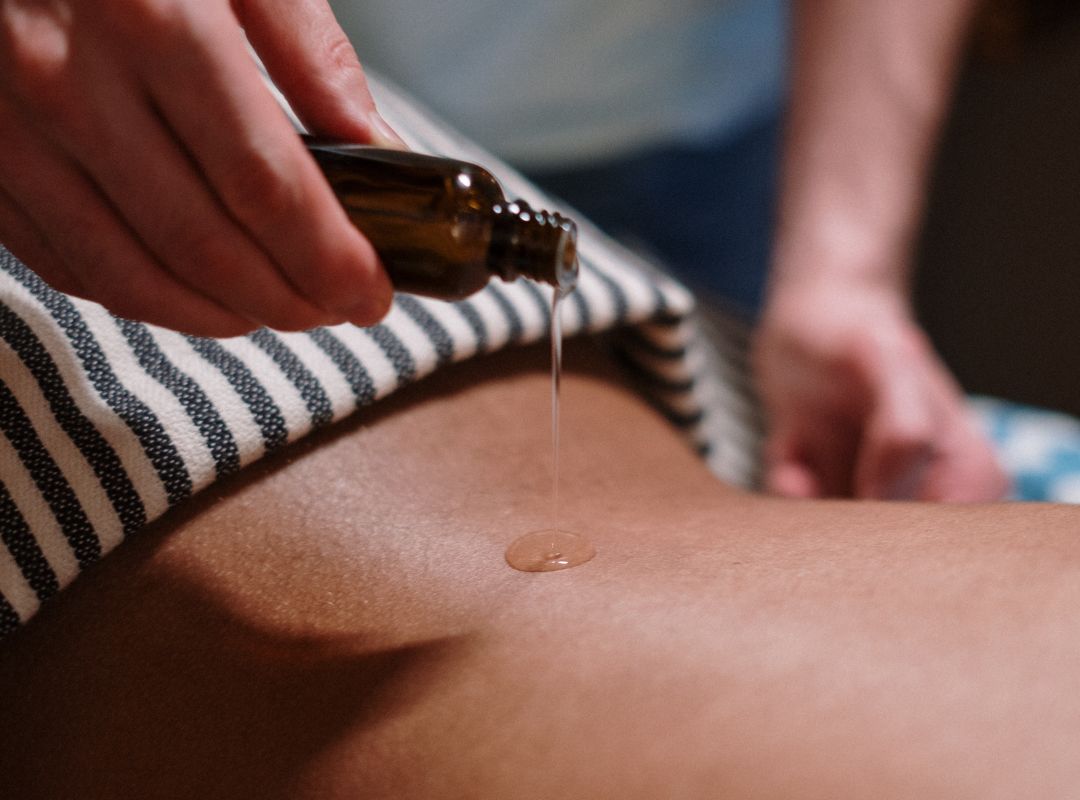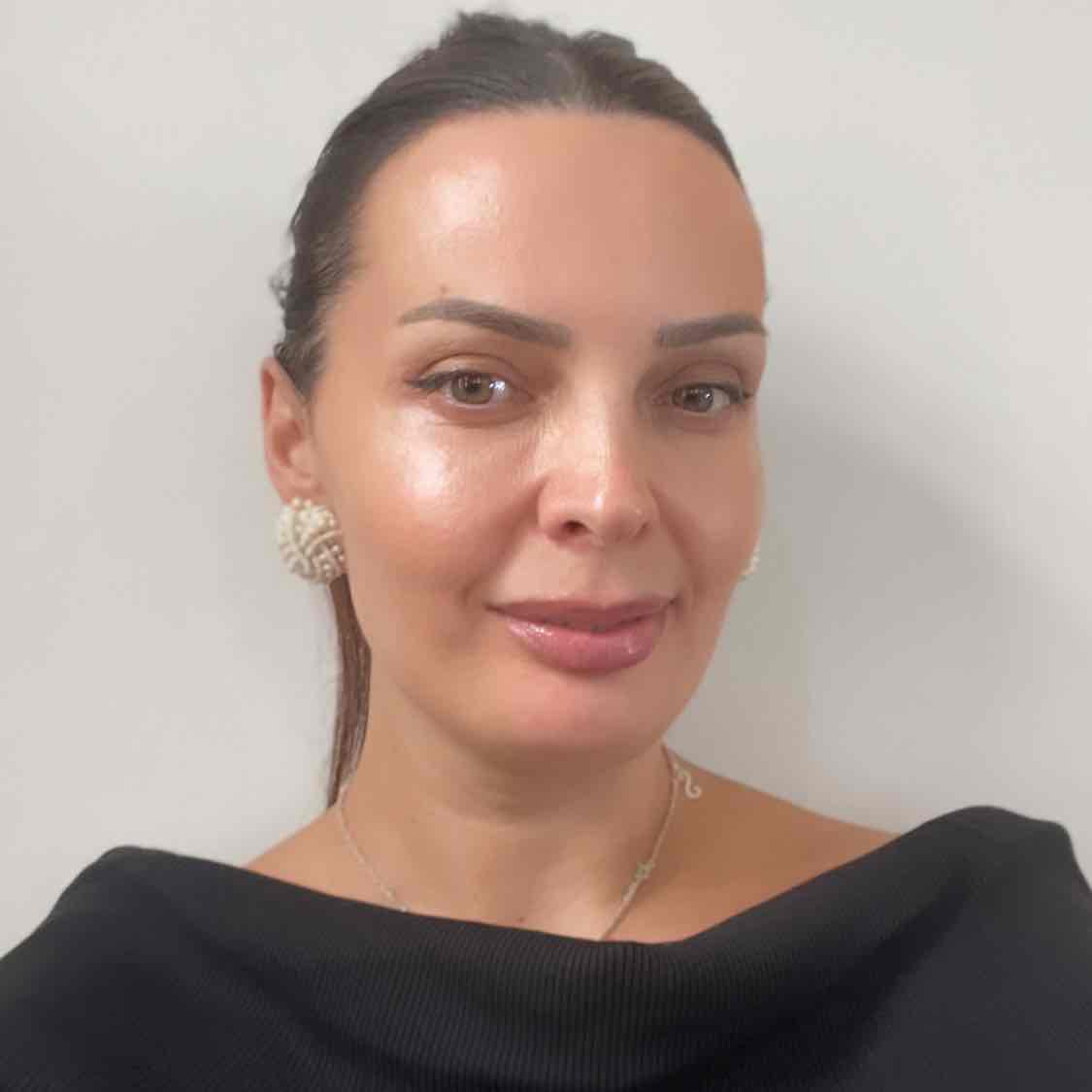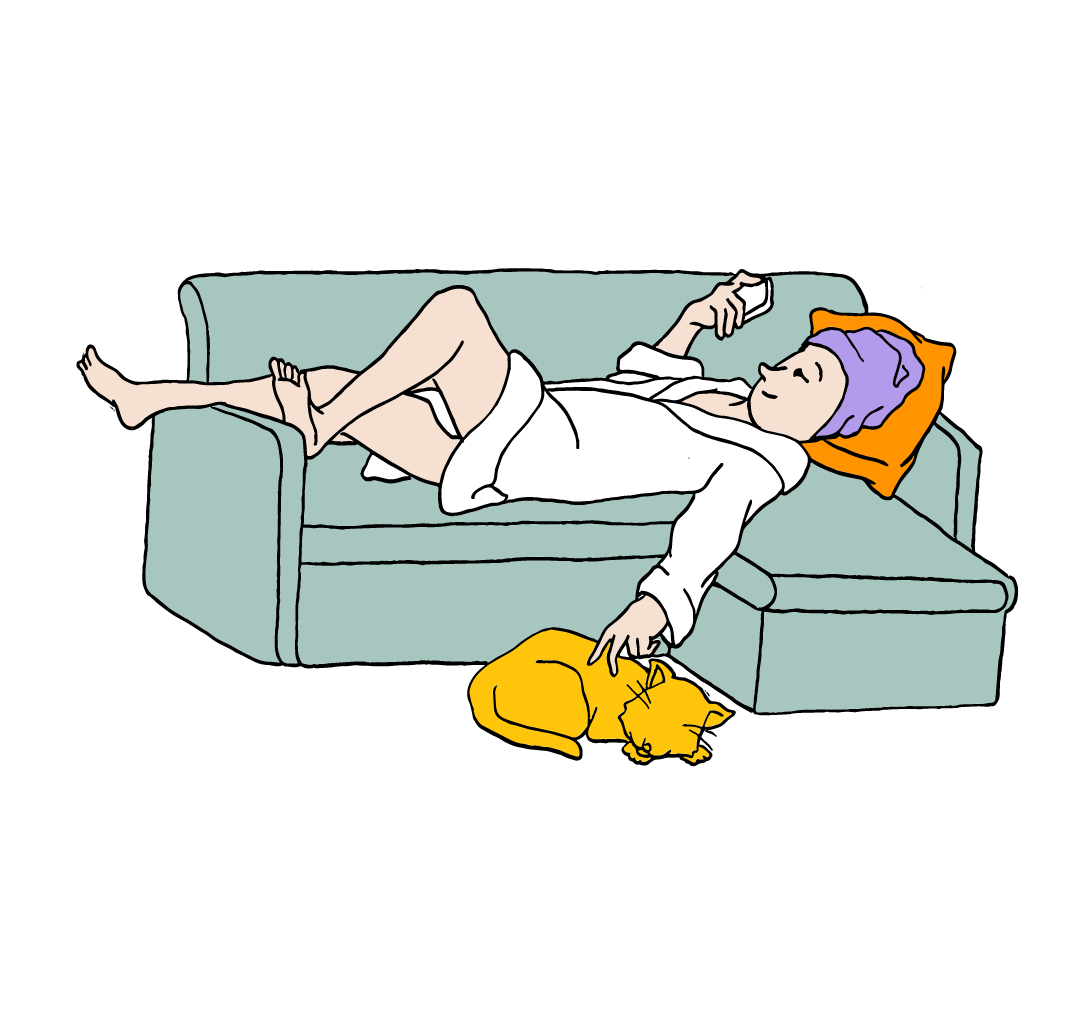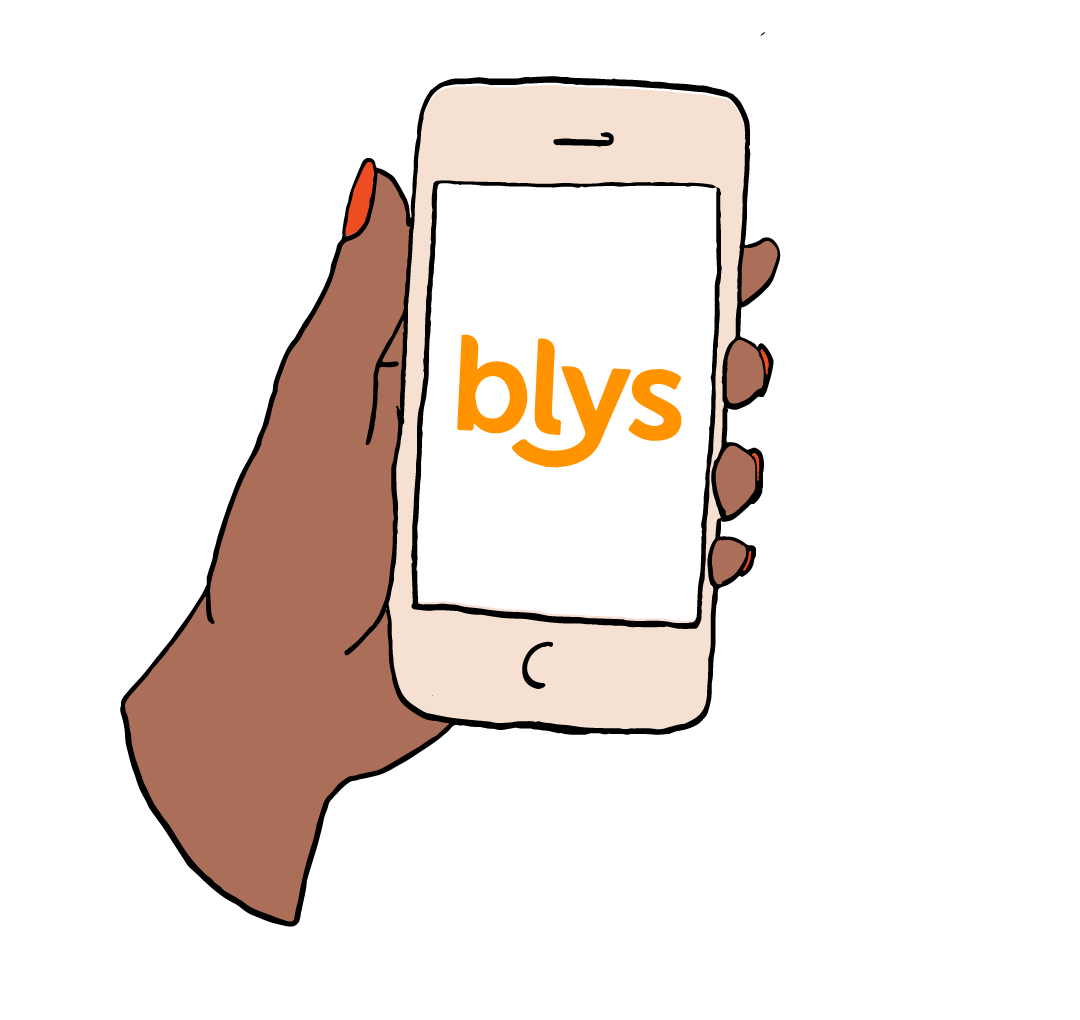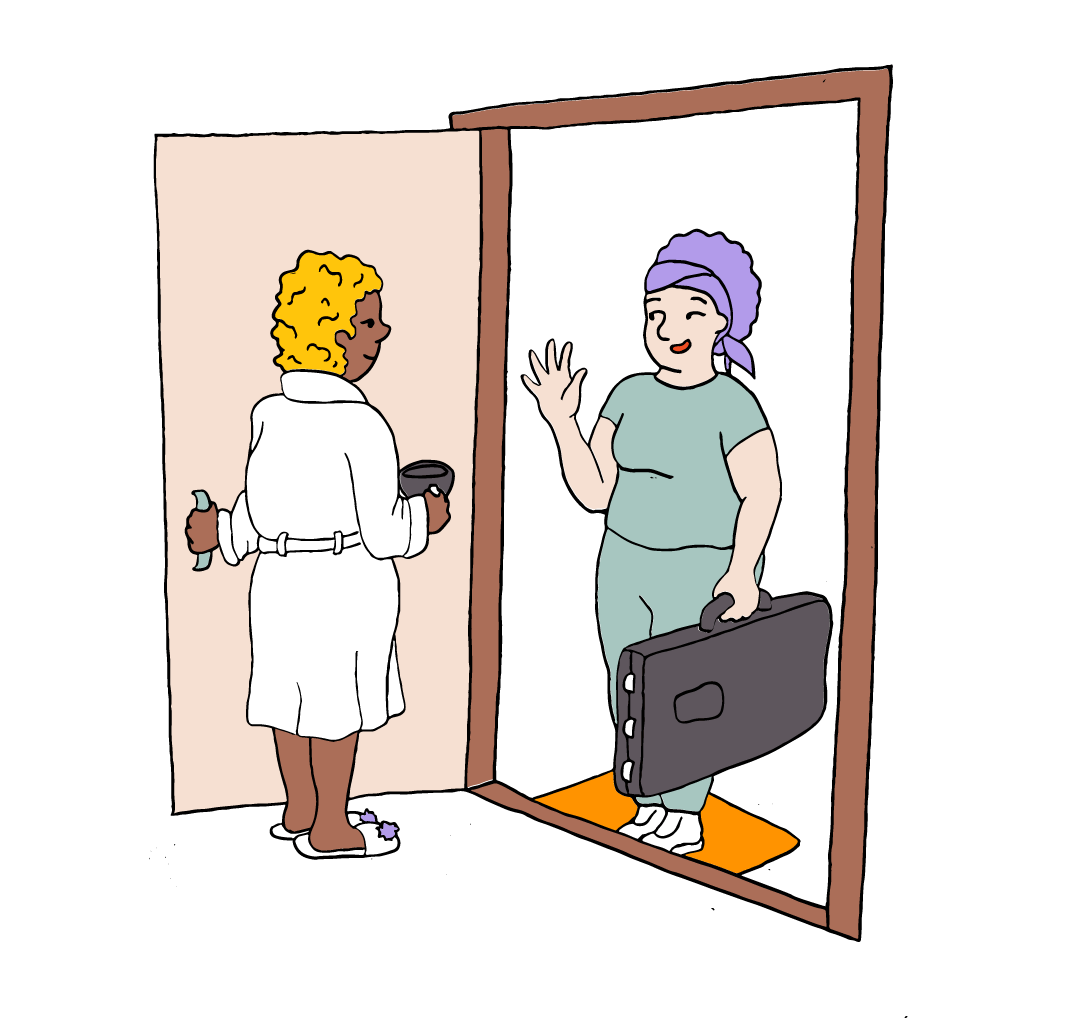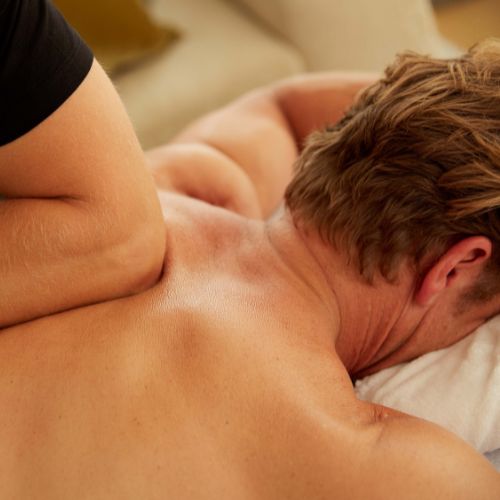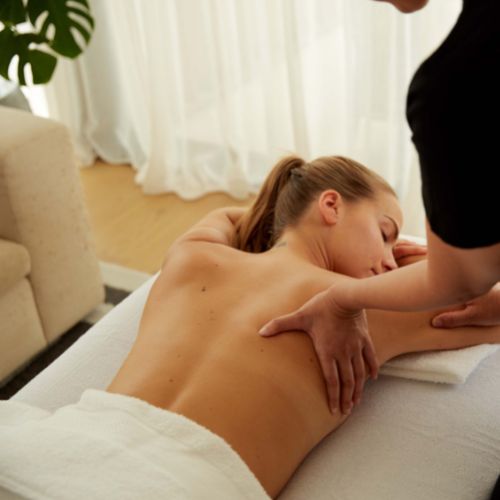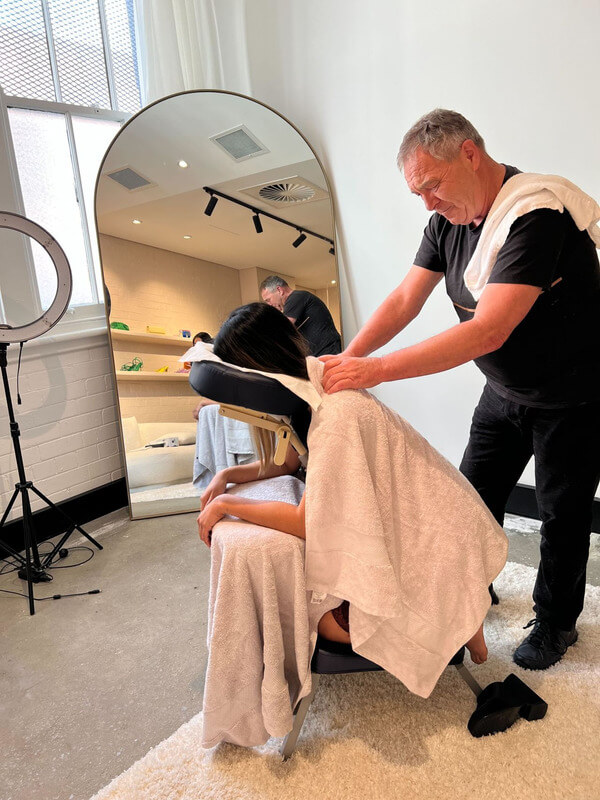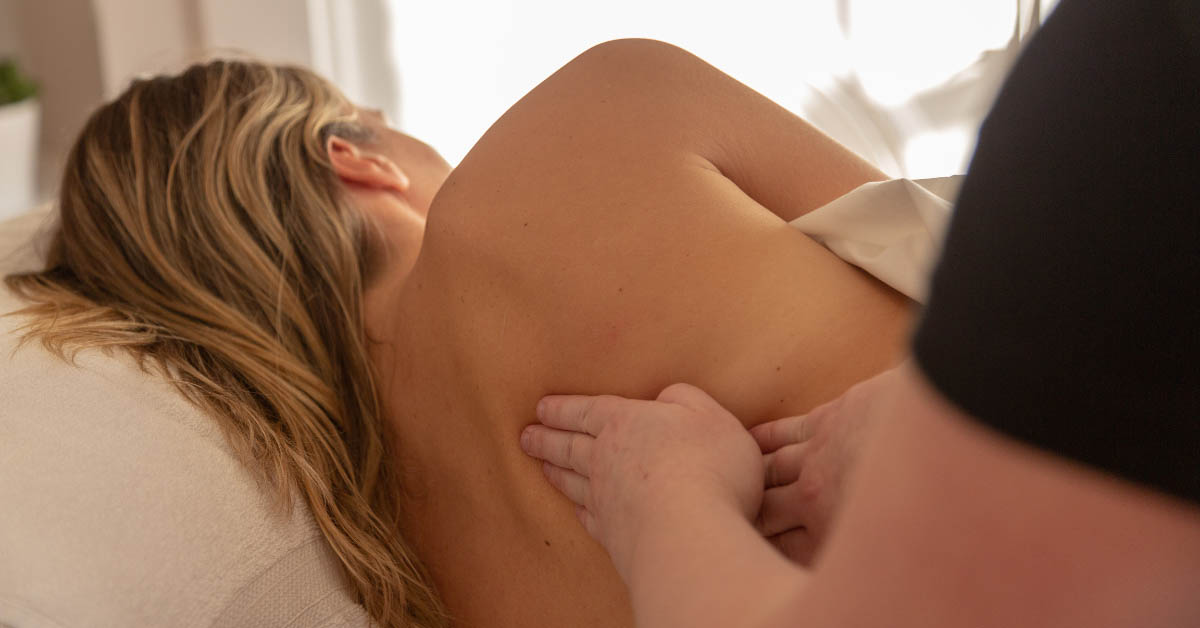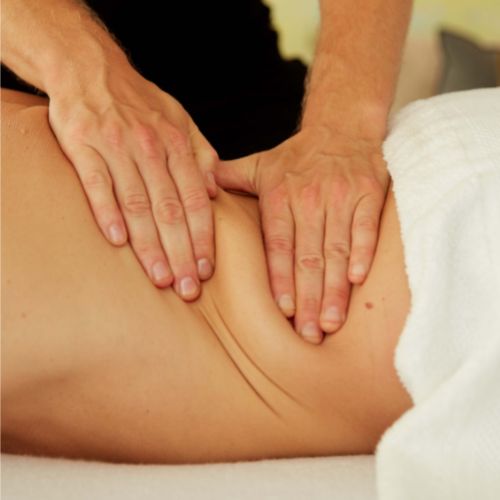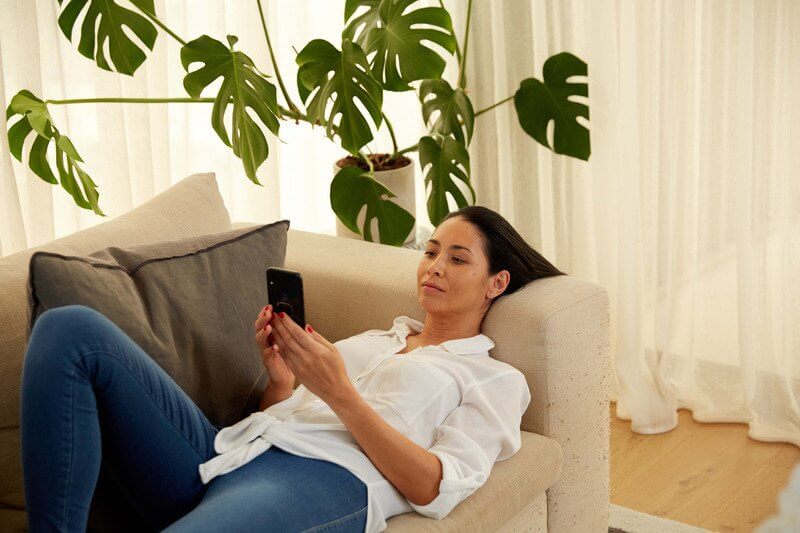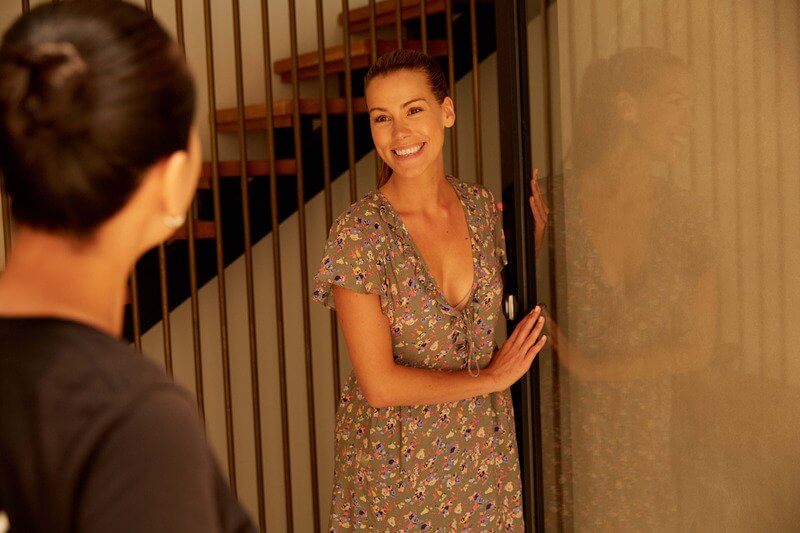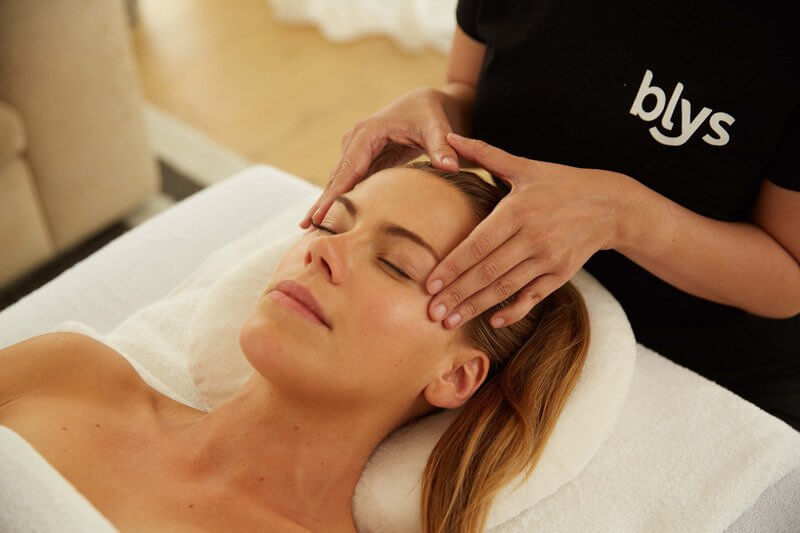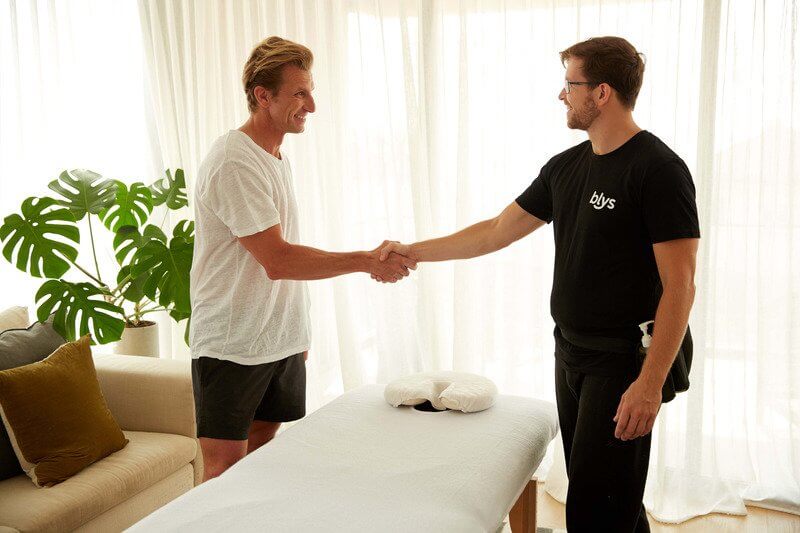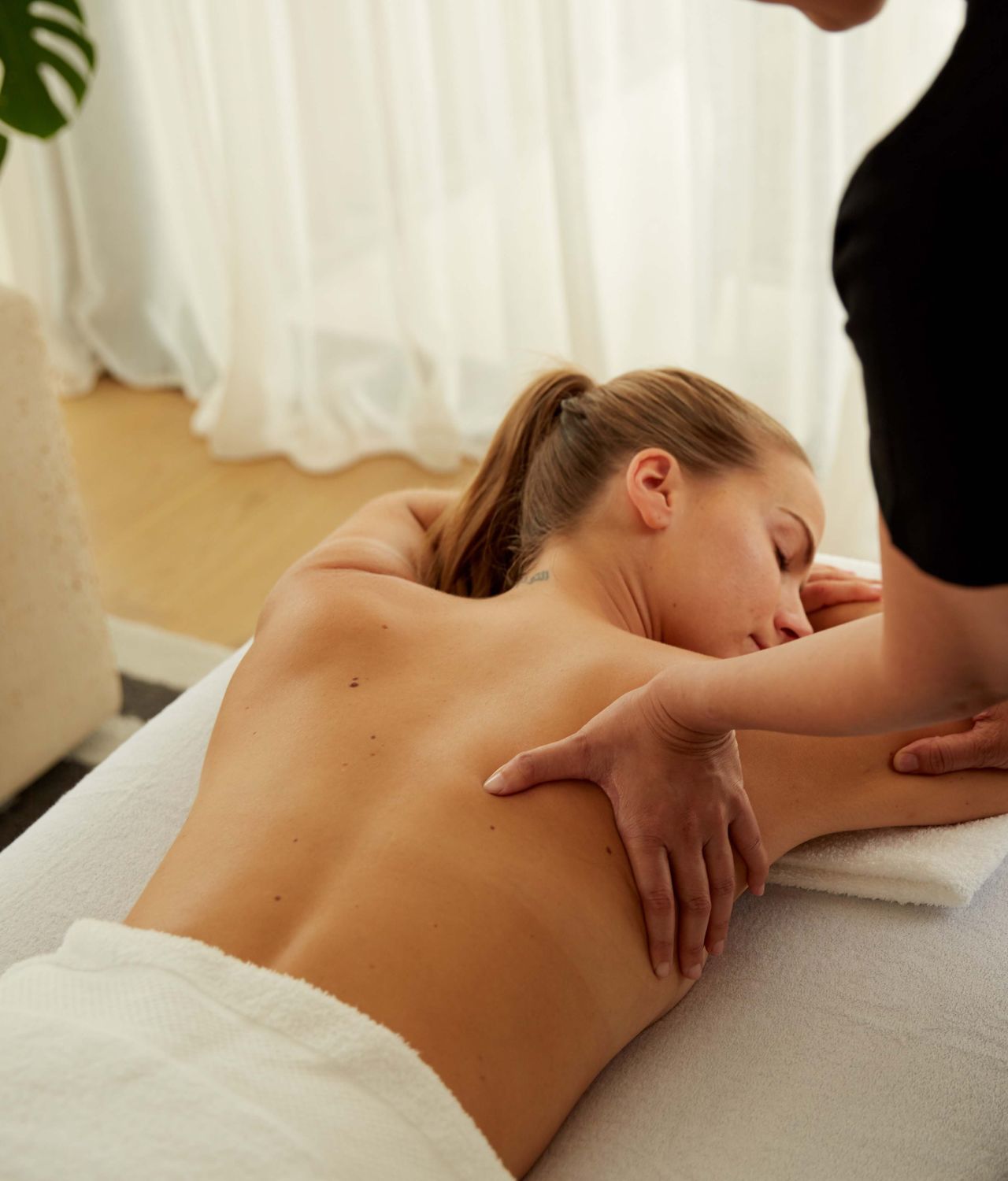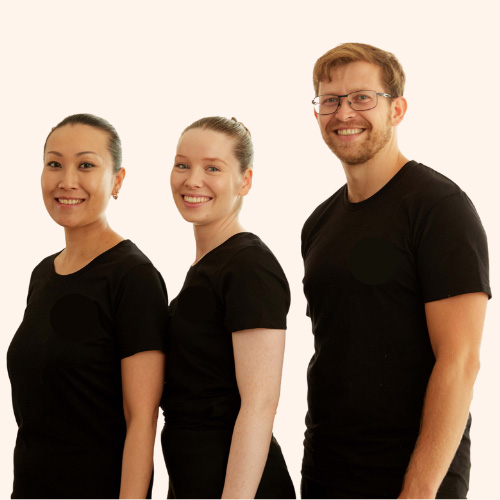During an aromatherapy massage, your massage therapist will add a few drops of essential oils to your massage oil. This will disperse and allow your body to absorb it. Your massage therapist may also rub some of the essential oil on their hands and hold them over your face for a short period of time and ask you to take some deep breaths so that you can breathe in the oils.
Frequently Asked Questions
What can I expect from my aromatherapy massage?
Your therapist will always strive to make you feel as secure, safe and comfortable as possible while they are in your home. Feel free to communicate openly with them – they are a professional! You should expect your aromatherapy massage to be a pleasant, full-body experience that engages your senses. Aromatherapy is a wonderful addition to any massage and adds to the overall relaxing, restoring, energising experience.
What techniques are used in aromatherapy massage?
During an aromatherapy massage, your massage therapist will add a few drops of essential oils to your massage oil which will be dispersed over the body and absorbed through your skin. Your massage therapist may also rub some of the essential oil on their hands and hold them over your face for a short period of time so that you can breathe in the oils.
Should you shower after an aromatherapy massage?
It’s best to avoid showering immediately after your aromatherapy massage. The essential oils used during the session continue to absorb into your skin for several hours, enhancing their therapeutic effects. Waiting at least 6–8 hours before showering helps you get the most out of your treatment.
If you must shower sooner, opt for a quick rinse without using soap on the areas where the oils were applied.
What is the difference between Swedish massage and aromatherapy massage?
Swedish massage focuses on muscle relaxation through long, flowing strokes, kneading, and gentle pressure to ease tension.
Aromatherapy massage also uses similar massage techniques but incorporates essential oils to enhance the physical and emotional experience. The use of oils helps calm the nervous system, making it especially effective for stress relief during an in-home mobile massage session.
What essential oils are used in an aromatherapy massage?
Some of the most common essential oils used in an aromatherapy massage are lavender, peppermint, lemongrass, orange, frankincense, rosemary and tea tree. You can find a more complete list of essential oils and their properties on the blog.
How often should you get an aromatherapy massage?
This is completely up to you, many enjoy the benefits of aromatherapy massage weekly and monthly.
How does aromatherapy relieve stress?
The essential oils used in aromatherapy massage trigger messages to your brain’s limbic system, which controls your emotions, to help with calm and clarity. That’s why aromatherapy is commonly used to treat a number of mental and physical conditions such as stress and anxiety, headaches and digestive issues.
What is the difference between a regular massage and an aromatherapy massage?
The main difference between a regular massage and an aromatherapy massage is the use of essential oils. In an aromatherapy massage, essential oils are blended with massage oils or lotions and applied to the skin. These oils enhance the experience by offering therapeutic benefits, such as stress reduction, relaxation, or targeted relief from specific ailments.
On the other hand, a regular massage focuses solely on manipulating soft tissues to relieve muscle tension and promote relaxation, without the added benefits of essential oils.
What is the difference between deep tissue and aromatherapy massage?
Deep tissue massage uses firm pressure and slow strokes to target deeper layers of muscle and connective tissue, making it ideal for treating chronic pain or muscle injuries.
Aromatherapy massage is gentler and centers around relaxation, combining light to moderate massage techniques with the therapeutic benefits of essential oils. It’s a great choice if you’re looking for a calming, in-home wellness experience rather than intensive muscular work.
